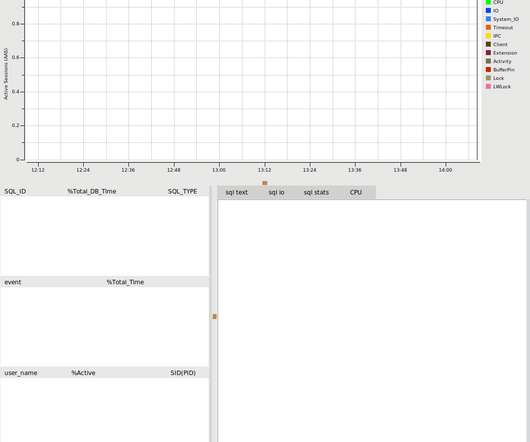The Ultimate Guide to Database High Availability
Percona
JUNE 22, 2023
Defining high availability In general terms, high availability refers to the continuous operation of a system with little to no interruption to end users in the event of hardware or software failures, power outages, or other disruptions. Failure detection : Monitoring mechanisms detect failures or issues that could lead to failures.

















Let's personalize your content